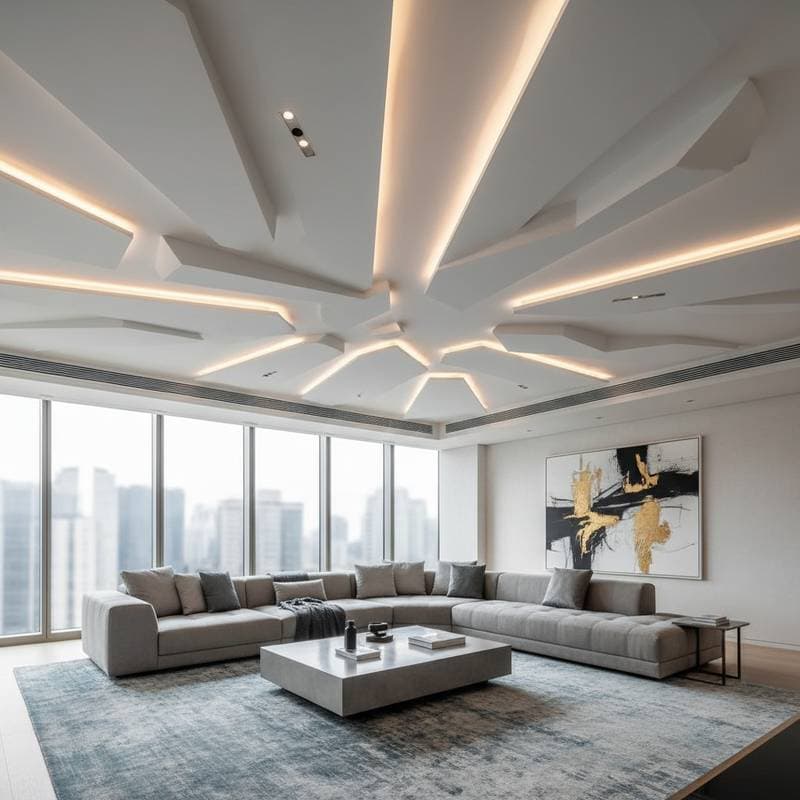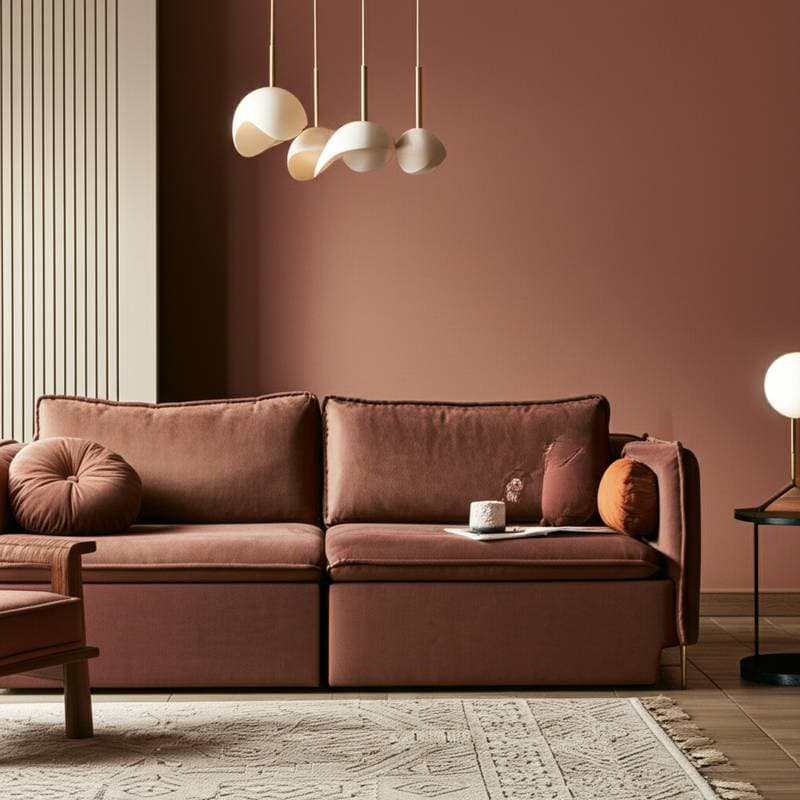Sustainable Materials Shaping Fall 2025 Home Trends
Homeowners increasingly focus on the building blocks of their remodeling projects. Sustainable materials go beyond passing fads featured in design magazines. They set standards for smart, forward-thinking renovations that protect investments and cut future costs. While trends come and go, the push for eco-friendly, durable, and ethically sourced options continues to shape residential spaces this fall.
This shift involves more than environmental concerns. Choosing the wrong materials often leads to high replacement costs, ongoing repairs, or lower property values. Sustainable options align renovations with modern aesthetics while maintaining long-term performance.
The Importance of Sustainability in Renovations
Many homeowners see sustainability as a nice-to-have feature. In truth, it offers concrete benefits that impact finances and daily life. These materials last longer, perform better, and require less maintenance, which reduces the likelihood of costly fixes from inferior choices.
Contractors treat sustainability as a key way to manage risks. Using strong, ethically made products lowers warranty issues, customer disputes, and legal concerns. This approach streamlines projects and gives homeowners peace of mind.
Essential Materials for the Season
1. Reclaimed Wood
Reclaimed wood stands out in fall designs for its character and history. Homeowners appreciate the natural patina and varied grain patterns. Professionals highlight its strength, which helps it handle temperature and humidity changes better than fresh-cut lumber.
Optimal applications:
- Accent walls and exposed ceiling beams
- Flooring for rustic or traditional looks
- Custom furniture and built-in cabinetry
Sourcing requires care. Always check for treatments that prevent pests and contaminants. One project suffered termite damage from untreated reclaimed wood, leading to repair bills higher than using new premium hardwoods.
2. Bamboo Products
Bamboo gains traction in flooring and cabinetry because it regenerates quickly. Harvesting does not harm the root system, making it more sustainable than slow-growing hardwoods.
Key benefits for homeowners:
- High strength when properly processed
- Clean lines that fit modern or mixed-style interiors
- Lower environmental footprint than standard woods
Look for FSC certification to confirm responsible sourcing. Poorly dried imports can warp after just one year, causing unexpected replacement needs.
3. Recycled Metal and Glass
Recycled materials move from industrial settings to elegant home features. Recycled steel, aluminum, and glass appear in kitchen backsplashes, countertops, and outdoor siding.
Core advantages:
- Reduces demand for new mining and raw materials
- Glass blends resist stains and hold up over time
- Metal panels last decades with simple cleaning
In one kitchen upgrade, recycled glass countertops replicated high-end terrazzo without the environmental toll of quarrying. The surface stayed flawless during follow-up inspections.
4. Responsibly Sourced Natural Stone
Natural stone remains a top pick for luxury touches, but buyers now scrutinize its origins. Homeowners ask about quarrying practices and transportation impacts. Suppliers who provide clear documentation build trust and reduce project risks.
Ideal uses:
- Countertops in kitchens and bathrooms
- Fireplace surrounds
- Outdoor patios and walkways
Choosing verified stone ties your investment to ethical practices. Request certificates from suppliers to boost resale value and avoid ethical concerns.
5. Low-VOC Paints and Finishes
Volatile organic compounds in traditional paints and sealants release harmful fumes that affect indoor air. Low-VOC and zero-VOC products now lead in professional installations for their safety and performance.
One family had to leave their home for weeks due to strong odors from standard paints that caused health issues. Low-VOC options allowed quick move-in while providing durable coverage and fade resistance.
6. Engineered Surfaces
Engineered quartz and composite materials combine recycled elements with consistent quality. Their non-porous design fights stains and bacteria better than natural porous stones.
In busy kitchens, engineered quartz outperforms marble in everyday use. It mimics high-end looks without the risks of etching from acids or spills, delivering lasting style with minimal effort.
Common Pitfalls in Selecting Sustainable Materials
-
Relying solely on marketing claims
Eco labels sound promising, but check actual durability through lab tests and user feedback. -
Overlooking care needs
Some materials, like bamboo, need controlled humidity to thrive. Ignoring this speeds up wear. -
Prioritizing visuals over utility
Pretty recycled glass works for decor but can slip in wet zones. Match choices to the space's function. -
Bypassing validations
Certifications like FSC for wood or Greenguard for low emissions offer real protection. Make them part of your checklist. -
Equating price with eco-value
Expensive does not always mean sustainable. Reclaimed items often cost less than new equivalents while delivering similar quality.
Roles of Homeowners and Contractors
Adopting sustainable materials calls for teamwork between homeowners and professionals.
Homeowners start by researching options, setting clear goals, and budgeting accordingly. State your commitment to sustainability right from the planning stage.
Contractors balance green features with real-world needs. They guide clients away from trendy but flawed picks, ensuring projects succeed over time.
Enduring Advantages of Sustainable Selections
Choosing sustainable materials builds value that lasts. These choices extend the life of surfaces and structures. They cut down on replacements and boost indoor air quality for healthier living.
Properties with these features attract buyers who value responsibility. Some even lower energy bills through improved insulation. Years later, owners thank their teams for steering them toward options that keep homes fresh and functional.
Implementing Sustainable Choices
Start material planning early in your next project. Discuss reclaimed wood, bamboo, recycled goods, and low-VOC finishes with your contractor. Require proof of certifications and sourcing details to make informed decisions.
This strategy saves money, safeguards health, and creates spaces that endure with style.








